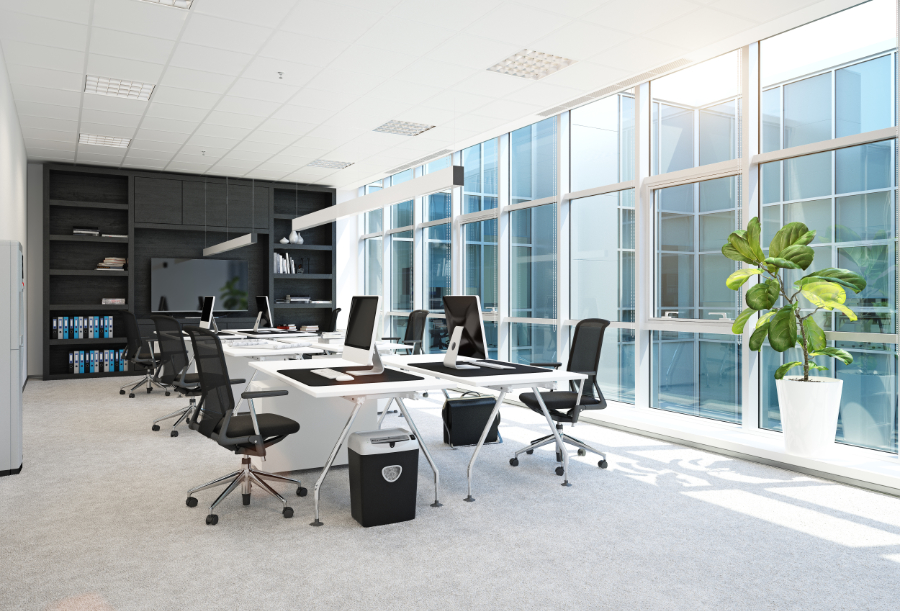While companies across the United States and the world are embracing work-from-home, Zoom meetings, and social distancing, it might seem like COVID-19 is making the traditional office obsolete. After all, if you can work from your kitchen in your pajamas, why bother commuting? And if your workers can be productive from home, why pay thousands or tens of thousands of rent per workspace per year? Why renew your lease when it comes up when you can go virtual?
We are learning that working from home and other non-traditional arrangements are great ways to deal with a crisis like COVID-19 or a natural disaster. They let your business keep operating when there is no other option. However, they also come at a real cost, and those costs will come due. In time, we will be excited to return to traditional workspaces -- and you'll be excited to renew your office lease when it comes due.
Less Collaboration
Whether your office is using Zoom, Google Meet or another technology, odds are that you're using video conferencing to keep your team together. To be sure, video conferencing is worlds better than conference calls or Slack messaging since you get to pick up people's facial expressions and, at times, body language. But being physically separated leads to less collaboration in three important ways.
-
Video conferencing is never as good as in person. Between technical difficulties and all of the little cues that you miss by not being in the same room, the collaboration isn't the same.
-
Planned collaboration isn't spontaneous. Even if you have a great working session, it's usually going to be planned. This means that you're missing out on those impromptu meetings that happen as people pass each other in hallways and break rooms.
-
Scheduled collaboration is hard. Don't be surprised if your team moves towards collaborating less. Not only do they miss out on impromptu collaboration, but the fact that video meetings usually have to be scheduled makes it easier to solve issues over email or Slack.
Less Management Control
Research shows that letting your people work from home won't turn them all into TV-watching, snack-swilling goof-offs. Sure, they might pet their dogs or cook lunch during the workday, but they'll generally get their work done. The good ones will, that is. Unfortunately, you probably have some team members that need closer supervision, and a virtual workplace means that they won't get it.
Reduced Retention
Working virtually might make your workers happier, at least to start. However, a virtual workplace also carries two different risks when it comes to retention. First, when your people are working away from the office, it becomes easier for them to look into other opportunities and act on them. After all, you won't know if they're away or talking to Brand X about a new position. Second, the fact that they aren't in the office seeing their management and their colleagues means that their ties to your culture are likely to gradually weaken. That can be the first step to attrition.
The Solution?
The solution to the challenges of virtual work is clear: When the COVID-19 crisis is over, bring people back to the office. Even if you choose to offer a hybrid working environment where you allow people to do more virtual work, having people in the same place on a regular basis gives you all of the benefits that you've always received from your existing office. So embrace your office, bite the bullet, and renew your lease when it comes due!








